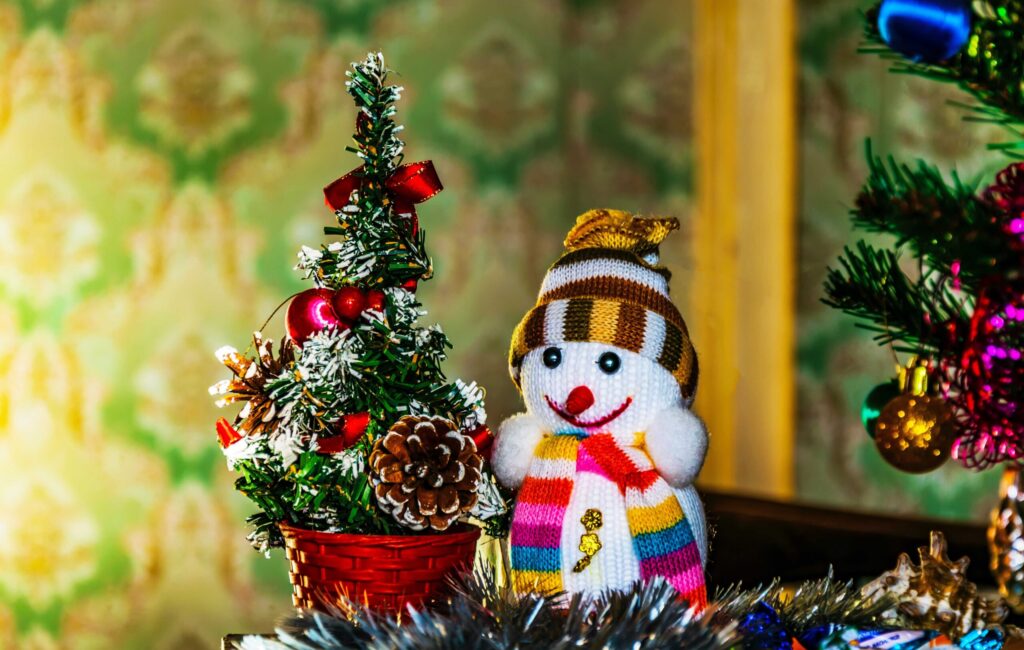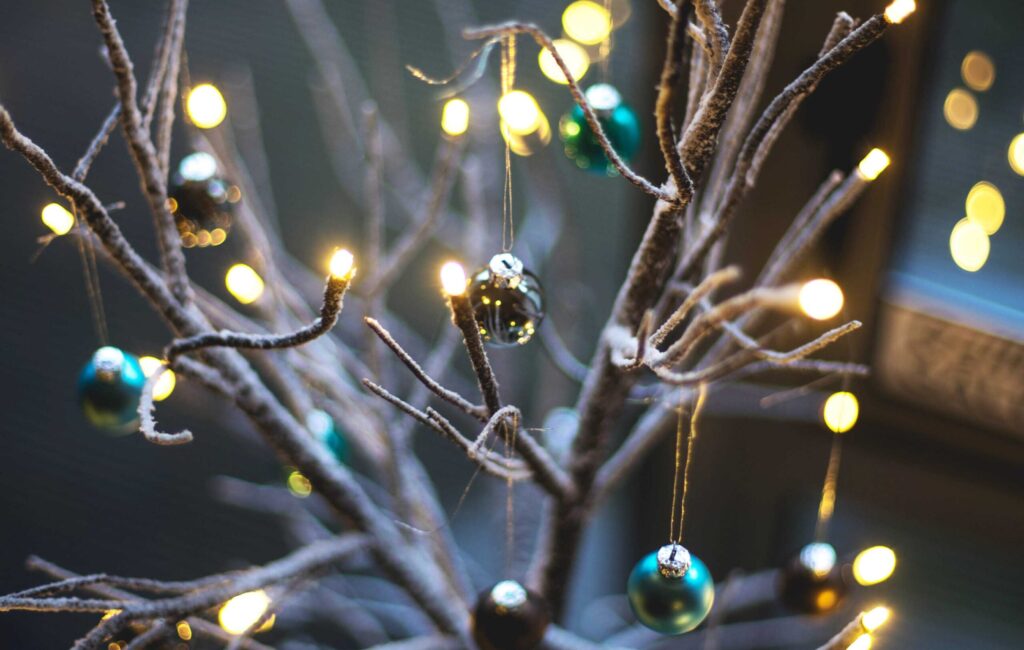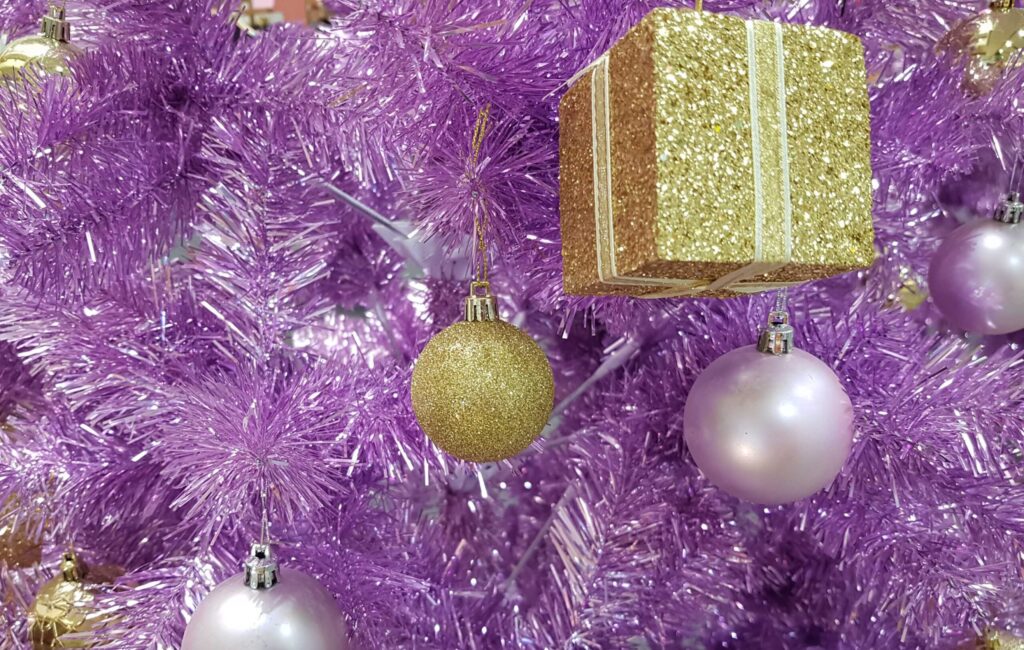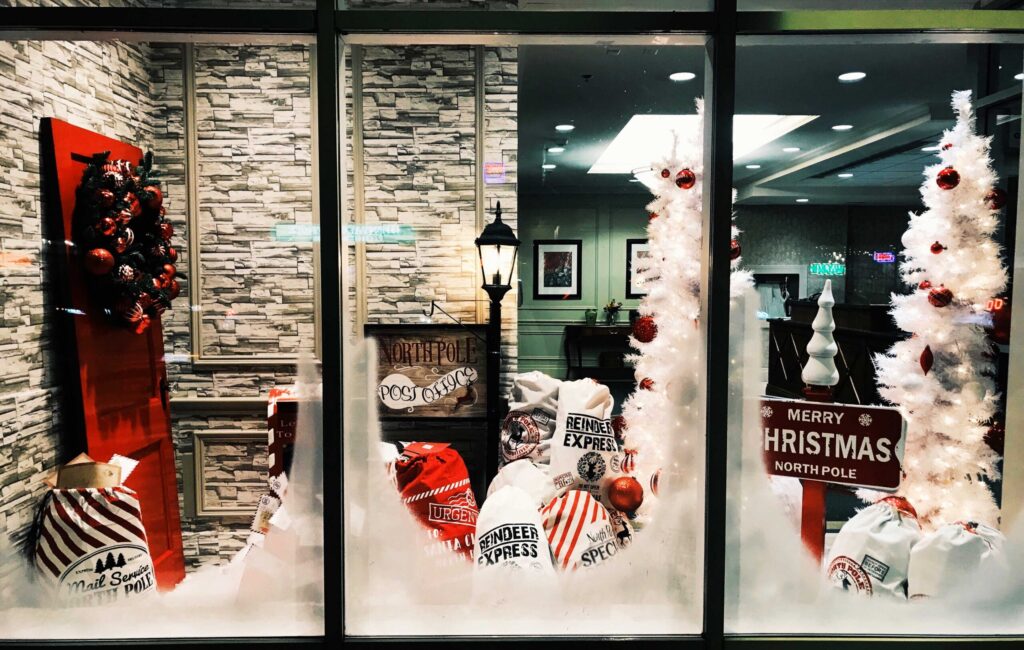 Navigating the Winter Wonderland of Allergy-Free Festivity – From Wooden Wonders to Inflatable Delights, Unwrapping the Ultimate Guide to Quirky Christmas Trees!
Navigating the Winter Wonderland of Allergy-Free Festivity – From Wooden Wonders to Inflatable Delights, Unwrapping the Ultimate Guide to Quirky Christmas Trees!
As the holiday season approaches (and oh-so-quicky), individuals with allergies often face the dilemma of finding a Christmas tree alternative that doesn’t compromise festive traditions while accommodating sensitivities. Traditional evergreen trees can release allergens such as pollen and mold spores, triggering allergic reactions.
Fortunately, while we deck the halls, there is a diverse array of allergy-friendly alternatives, each offering a unique and creative twist on the classic Christmas tree. From eco-friendly options like potted plants and wooden trees to modern choices such as light wall displays and inflatable trees, there are plenty of ways to celebrate the season without compromising health and well-being.

In this list, we explore a variety of Christmas tree alternatives that cater to different allergies, ensuring a joyful and allergen-free holiday experience.
Here are some alternatives to traditional Christmas trees for a Deck the Halls Celebration:
Artificial Trees:
-
- Choose a high-quality artificial tree made of hypoallergenic materials. Be sure to clean it thoroughly before setting it up to remove any dust that may have accumulated.
Wooden Trees:
-
- Opt for a wooden Christmas tree made from sustainable materials. These can be a stylish and allergy-friendly alternative.
Potted Plants:
-
- Use potted plants like small pine or spruce trees as your Christmas tree. You can enjoy the festive feel without worrying about allergens.

- Use potted plants like small pine or spruce trees as your Christmas tree. You can enjoy the festive feel without worrying about allergens.
Cardboard or Paper Trees:
-
- Explore environmentally friendly and allergy-safe options like cardboard or paper Christmas trees. They can be decorated and recycled after the holidays.
Fabric Trees:
-
- Create a fabric Christmas tree using materials like felt or other non-allergenic fabrics. These can be folded and stored easily for future use.
Light Wall Trees or Virtual Trees:
-
- Hang string lights on the wall in the shape of a tree. This option eliminates the need for a physical tree and reduces the risk of allergens. Or, use your screen to create a virtual tree.

- Hang string lights on the wall in the shape of a tree. This option eliminates the need for a physical tree and reduces the risk of allergens. Or, use your screen to create a virtual tree.
Feather Trees:
-
- Consider a feather tree (if you aren’t allergic to feathers), which is made from dyed goose feathers. These trees have a vintage appeal and are a unique, allergy-friendly choice.
Inflatable Trees:
-
- Choose an inflatable Christmas tree made from hypoallergenic materials. This option is easy to set up and store.
Twig Trees:
-
- Construct a minimalist tree using twigs or branches. This can be a creative and natural alternative, and you can decorate it like a traditional tree.

- Construct a minimalist tree using twigs or branches. This can be a creative and natural alternative, and you can decorate it like a traditional tree.
LED Light Trees:
-
- Create a tree shape with LED string lights on a wall or frame. This option is clean, modern, and involves no potential allergens.
Tip: When selecting an alternative tree, consider the specific allergies involved and choose materials less likely to trigger reactions. Keep decorations and ornaments clean and dust-free to further reduce the risk of allergens.
Did you know?
One lesser-known aspect of allergy-friendly Christmas tree alternatives is that certain options, such as artificial trees, can accumulate dust and allergens over time, especially if stored in attics or basements.

To minimize potential allergens, it’s advisable to thoroughly clean artificial trees before setting them up for the holidays. Wiping them down with a damp cloth or using a handheld vacuum with a brush attachment can help remove dust and ensure a cleaner, allergen-free festive experience.
A little history:
The history of Christmas tree alternatives for people with allergies is less extensively documented than the overall history of Christmas trees. However, the need for allergy-friendly alternatives has likely grown as awareness of allergies and sensitivities has increased.
Traditional evergreen Christmas trees have been used for centuries, with records dating back to medieval Germany. The custom of bringing greenery into homes during winter celebrations predates Christianity, but the decorated Christmas tree became popular in the 19th century.

The consideration of allergy-friendly alternatives gained prominence as individuals became more aware of common allergens associated with live Christmas trees, such as pollen and mold spores.
Artificial trees became a popular substitute, as they eliminated these natural allergens. The production of hypoallergenic artificial trees and the exploration of alternative materials like wood, fabric, and even feathers have evolved to cater to individuals with various allergies.
In recent decades, the emphasis on eco-friendly and sustainable options has also shaped the landscape of allergy-friendly Christmas tree alternatives. Potted plants, wooden trees, and other environmentally conscious choices have gained popularity, reflecting a broader societal shift toward more mindful and health-conscious living.


